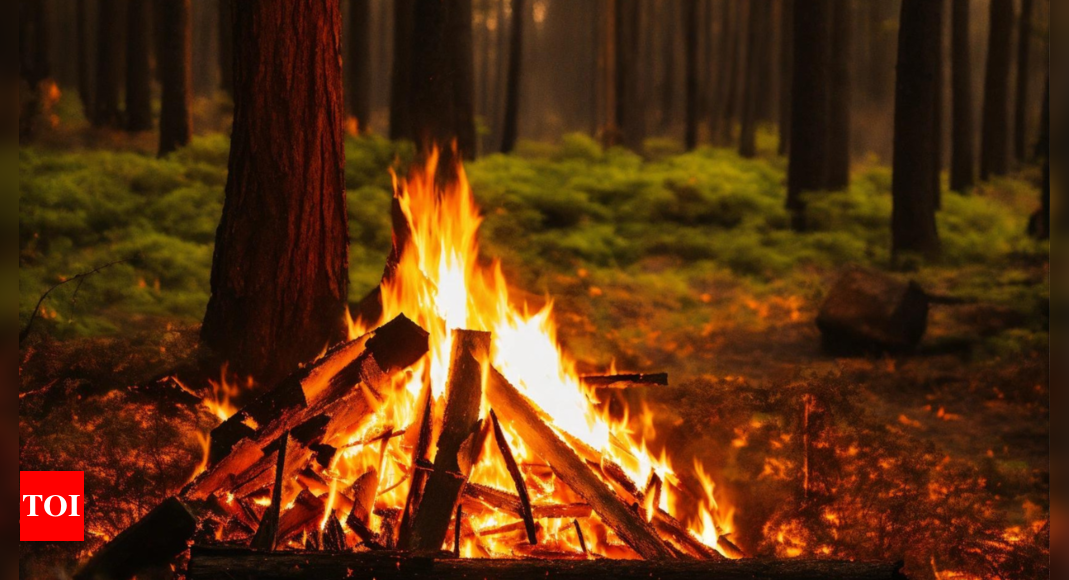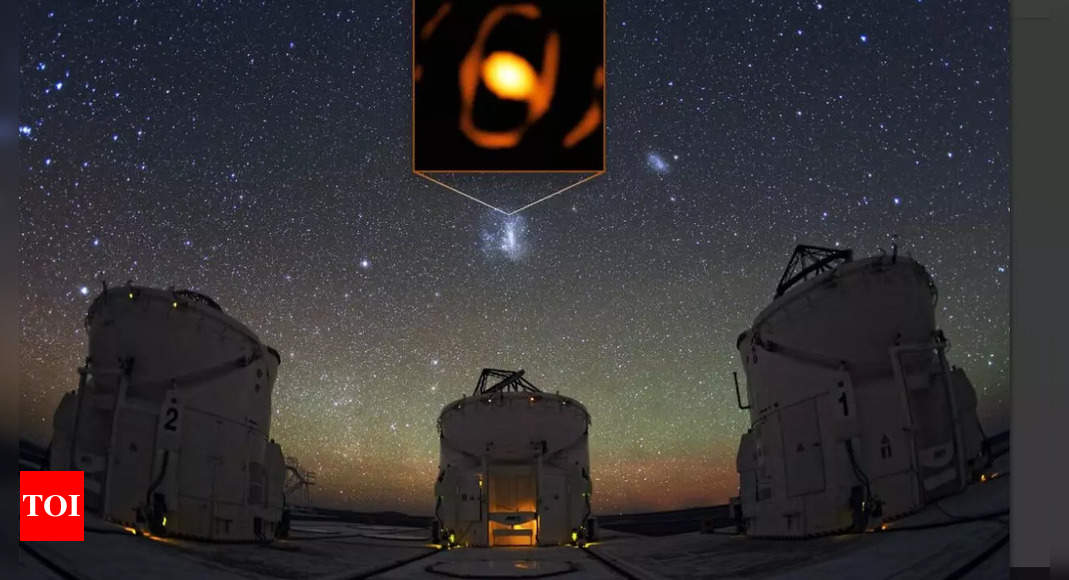
People living in these regions will now be able to light fires limited to Category 1, once the ban is lifted. Category 1 fire is limited to half a metre wide or high. Any fire bigger than this range is considered a Category 2 and Category 3 fire and they would remain banned.
The use of objects like fireworks and sky lanterns would also continue to be forbidden.
The ban for the Coastal Fire Centre will be lifted at noon on Wednesday. Meanwhile, the ban on burning for the Southeast Fire Centre was removed at noon on Monday.
This action follows the lifting of a prohibition on campfires in the Cariboo region by officials last Friday. Campfires are also allowed in the Prince George’s Fire Centre now.
However, the campfires continue to be prohibited in the Kamloops Fire Centre and the majority of the Northwest Fire Centre.
Why are the fires banned?
According to the government, The regional fire centres decide when and where to put a fire ban into effect based on local fire hazards, expected weather conditions, and the level of fire activity in the area.
Fire bans may also be put in place in anticipation of a rise in lightning-caused fires or during critical fire situations when the British Colombia Wildfire Service cannot risk having human-caused fires divert resources from naturally caused ones.
In such cases, fires pose an unacceptable risk and detract from the ability to detect and respond to fires by increasing the number of false alarm smoke chases, wildfire phone reports, and nuisance fires.
What happens if someone lit a fire in a prohibited area?
Violating a fire prohibition can result in a fine of up to $1,150. If the fire gets out of control and causes a wildfire, one could face a fine ranging from $100,000 to $1 million and a prison sentence of up to one year.









